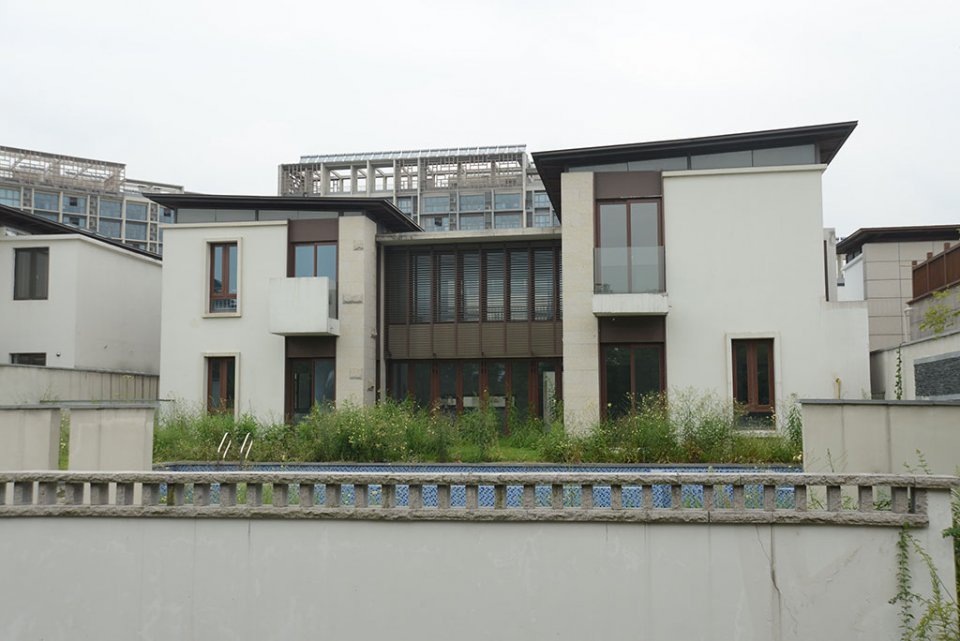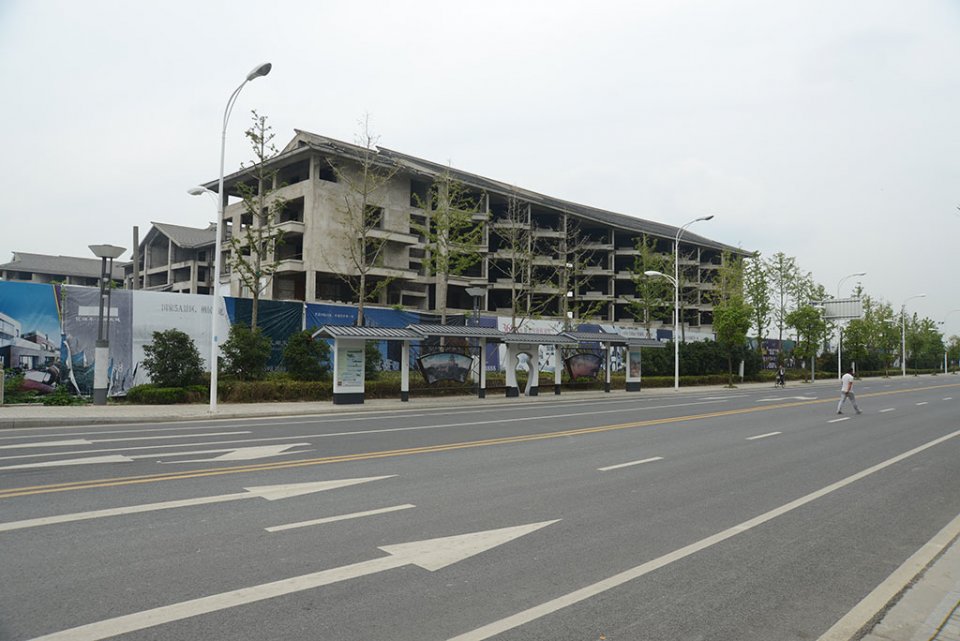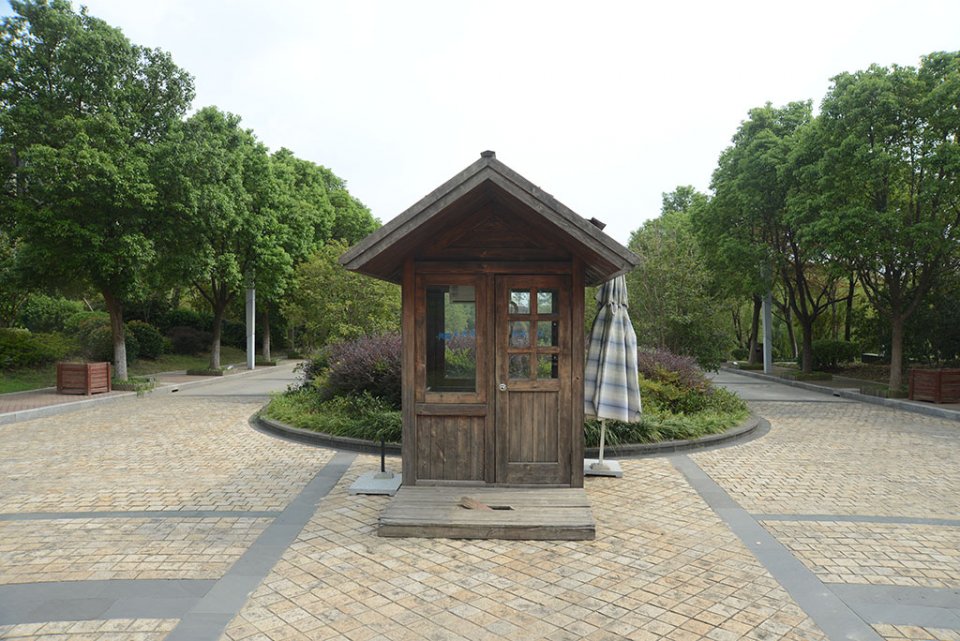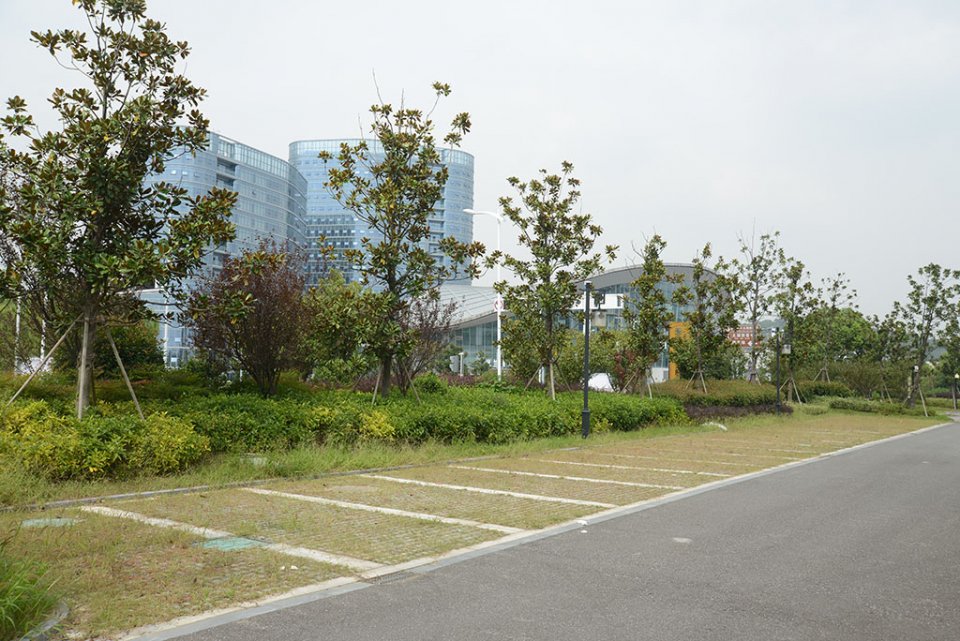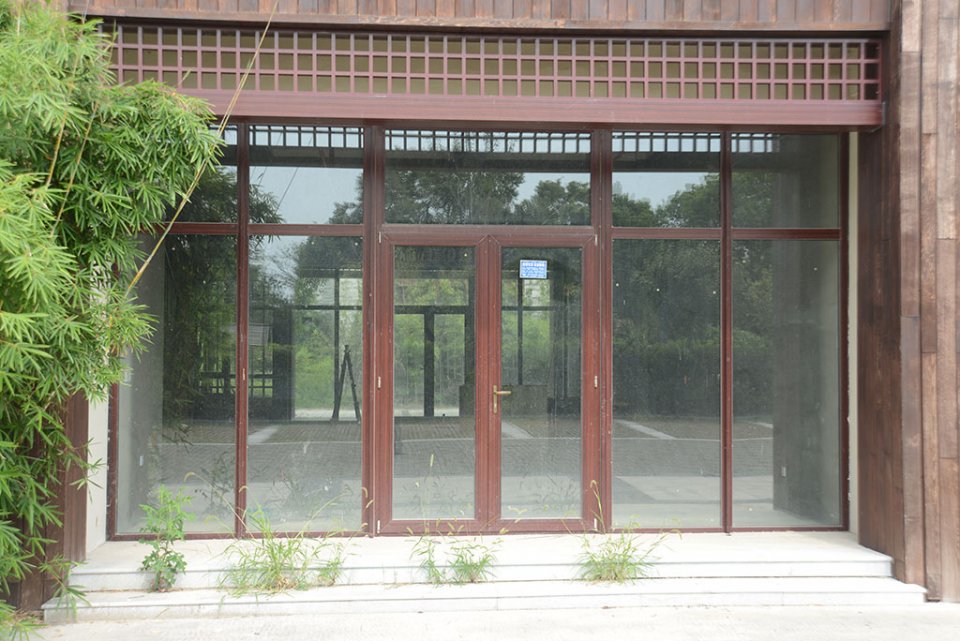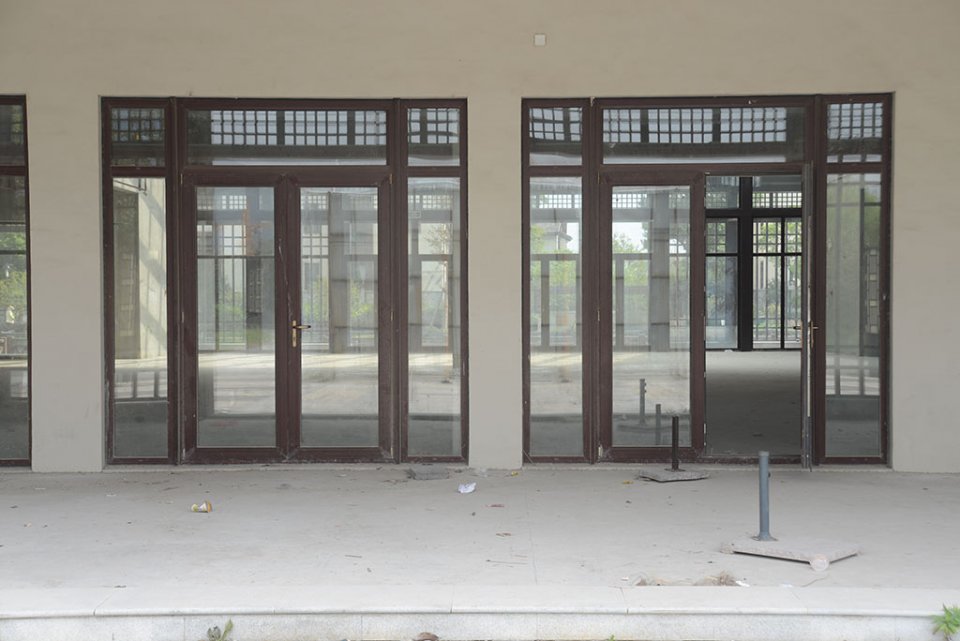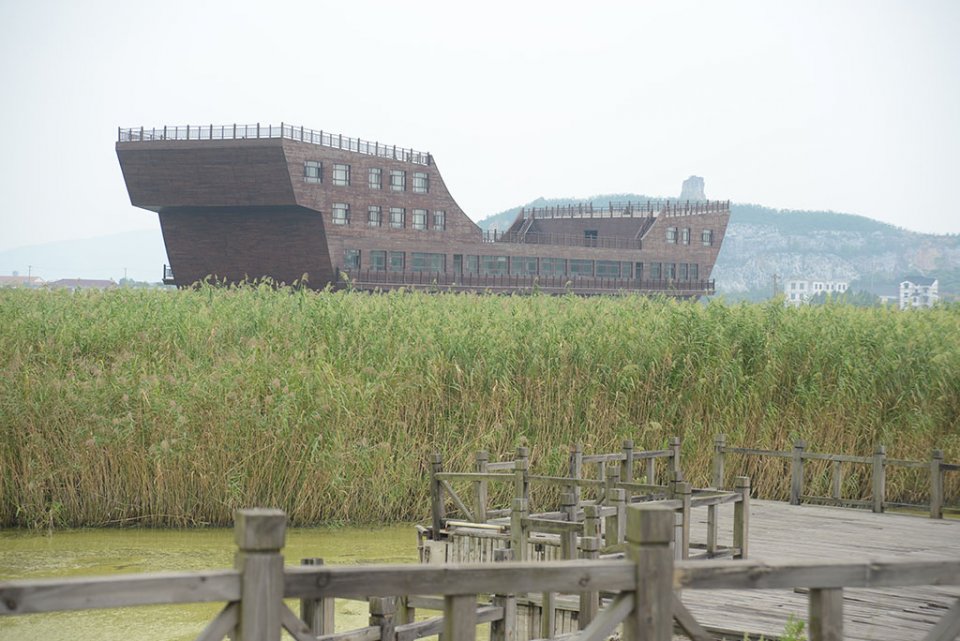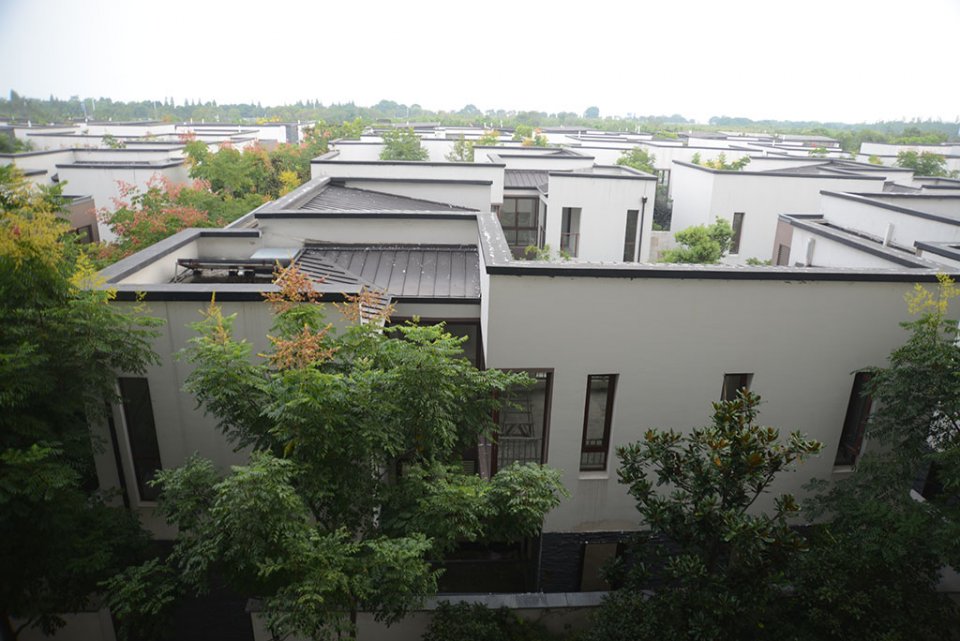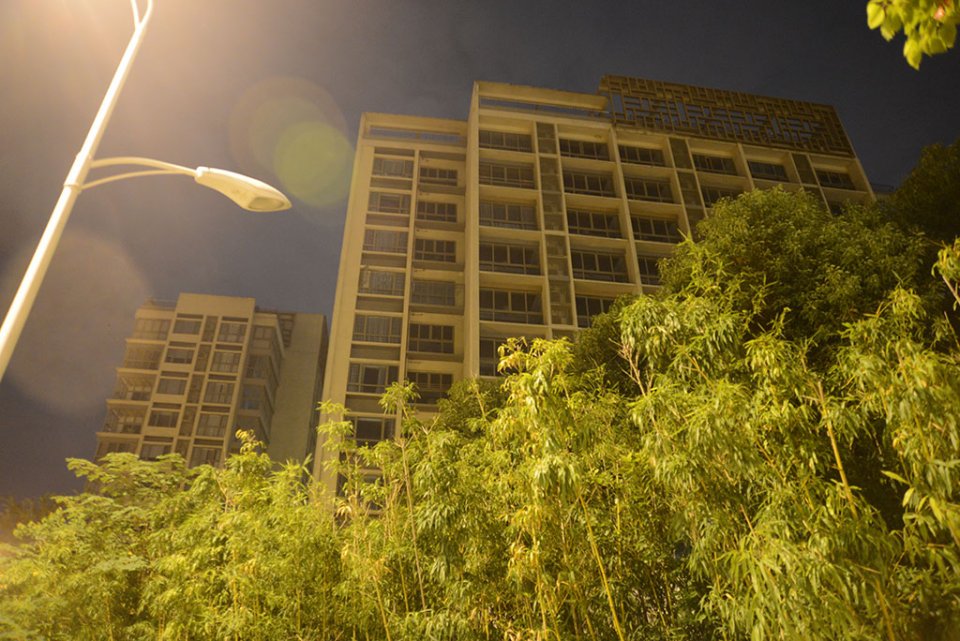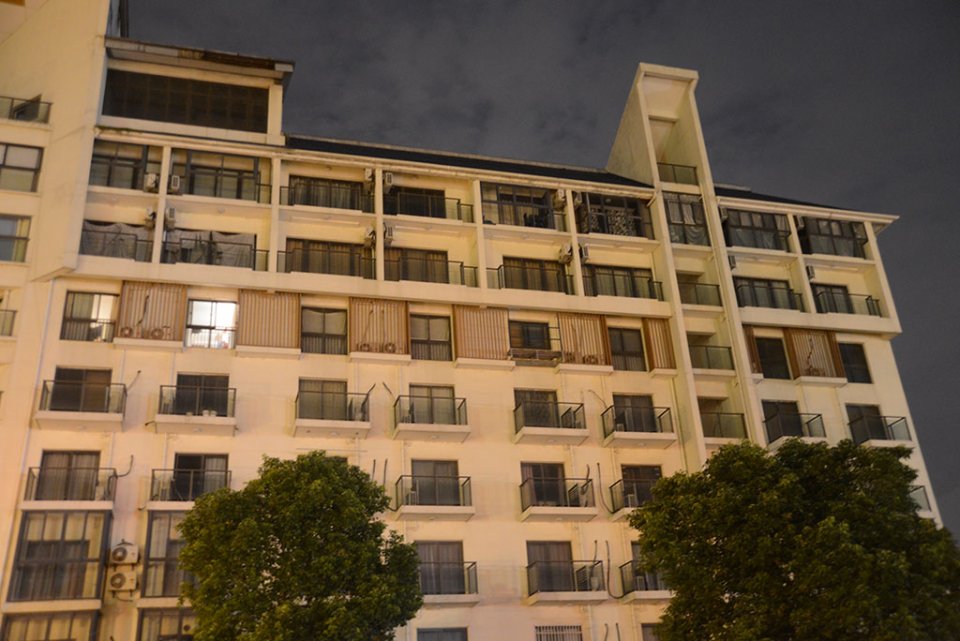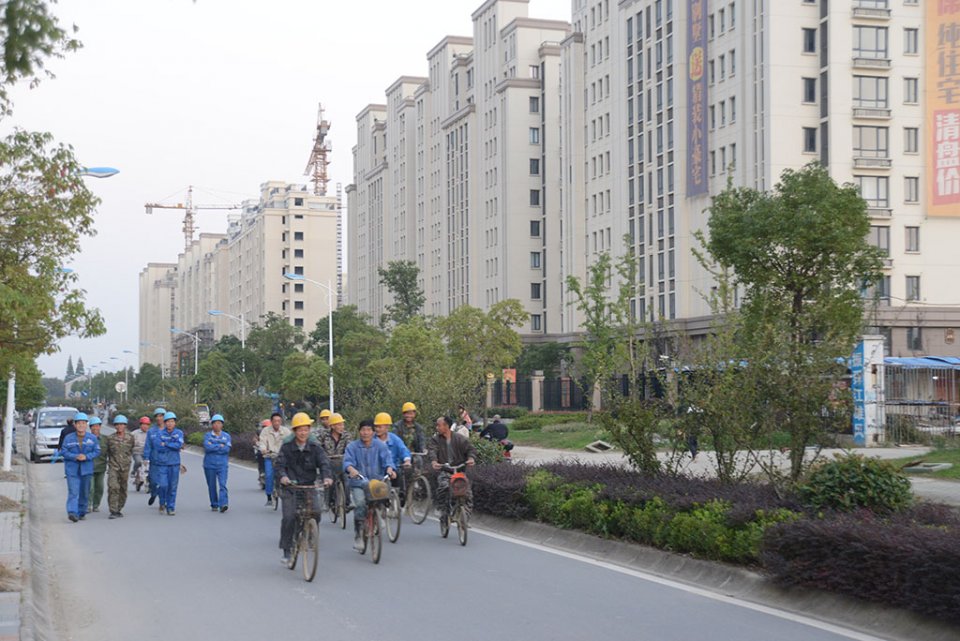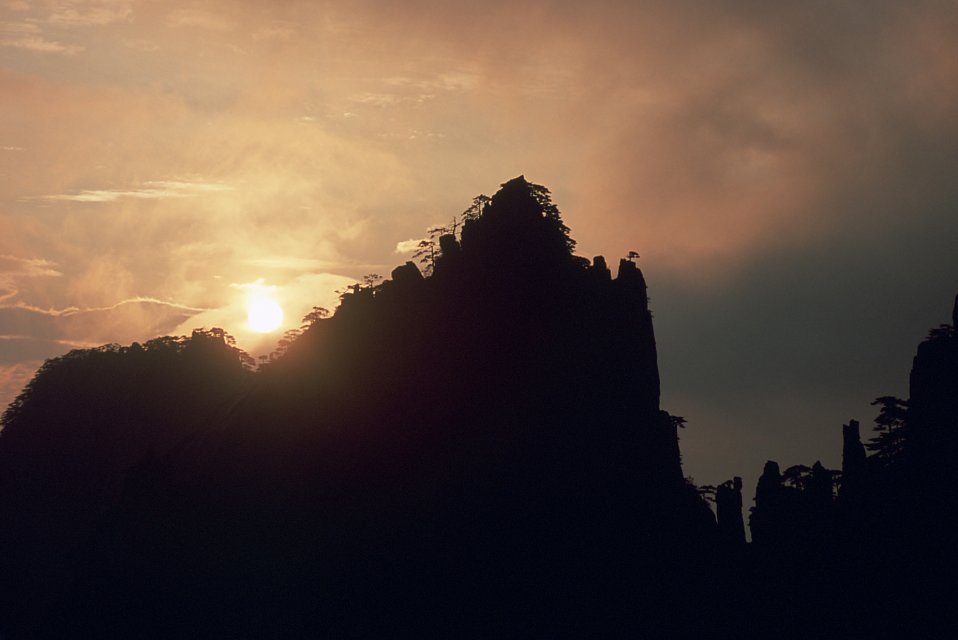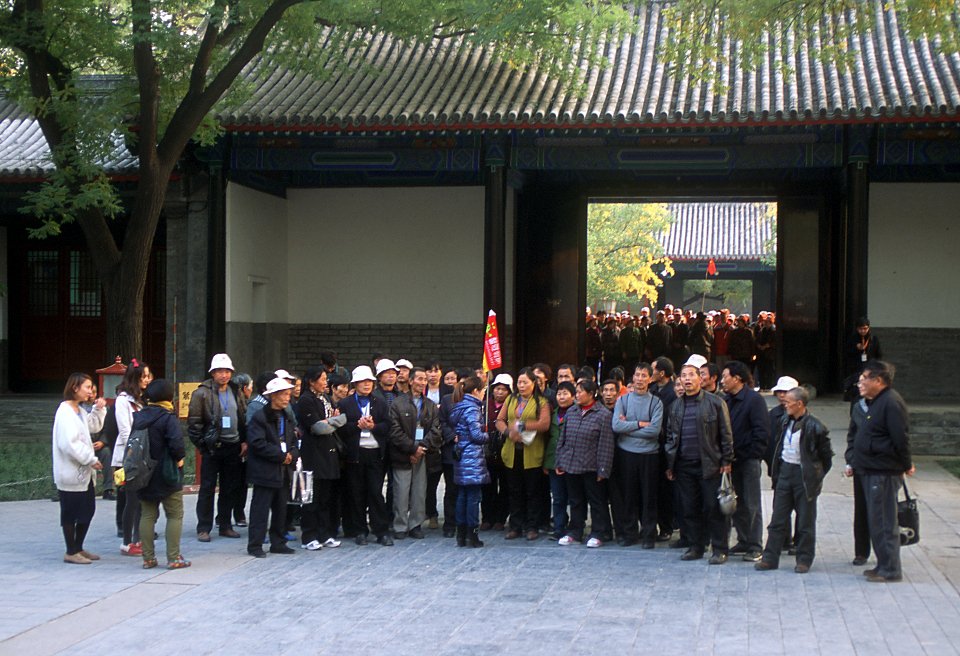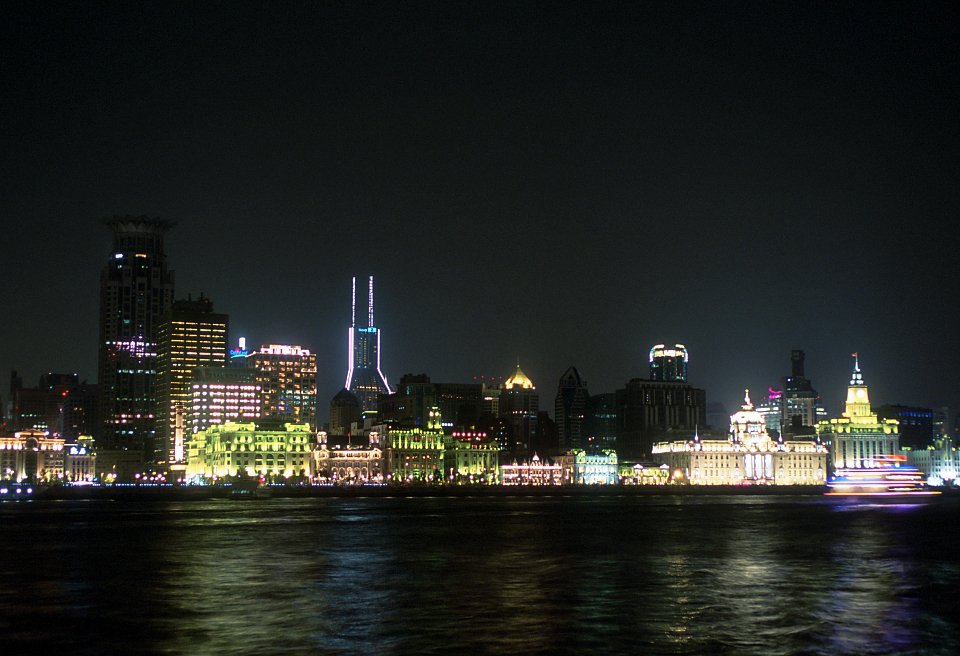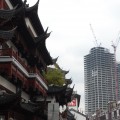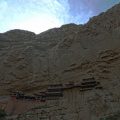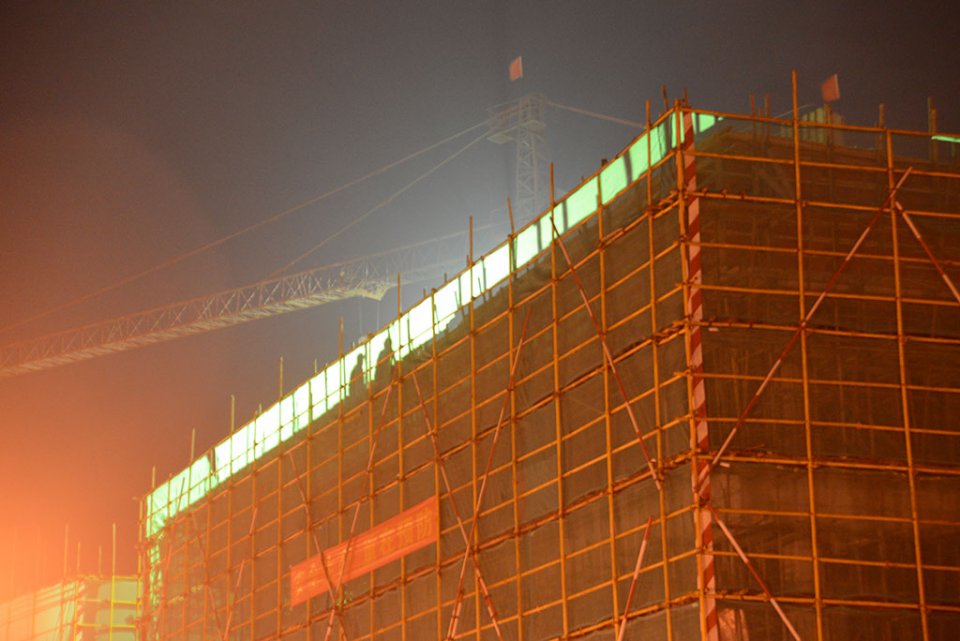
Usually, What motivates the practitioner d’Urbex (urban exploration) who broke into a disused building is to search for traces of its past function, to feel the contrast between silence and solitude are lurking and the animation of what was a place of work, pass, of life.
In China, few buildings remain outstanding after their end of life through real estate transactions consisting of white shaving whole neighborhoods to build towers to homes for the emerging upper middle class.
On the other hand, You can practice a Urbex of a different kind. Indeed, If some “new districts” are close to city centers and so are quickly taken, the opportunity for other real estate transactions is much more debatable, and number of quarters brand new have never known no other life than that of mingongs, migrant workers from the countryside looking for a salary (A little) higher; an improbable number of multistoried houses high-end, offices, shopping malls, theatres… have a normal appearance of the outside, but approaching will often see that the Interior is not finished, or if it is, There is no occupant or user.
A few cases of ghost towns have experienced celebrity relative, but it can be found in almost all cities, even in the countryside.
A few examples
Ordos
This city of Inner Mongolia was destined to become the new Eldorado through the extraction of coal, abundant in this region. A city designed for a million people emerged from the steppe with its huge library, its airport, its shopping centres, all in a rowdy way celebrating the Mongolian legacy style… Then the course of coal collapsed, causing the closure of the mines and the departure of workers, frames, mingongs, and it's all right 10 000 people who still live in this city.
If you're bored at work, are you saying that you could have been real estate agent in Ordos.
Art Center, distant suburb of Beijing
The “798 Center”, old converted electronics factory in space art, is enough run in Beijing. Someone has the to say that by building this type of centre ex nihilo somewhere between the 6th and 7th devices in Beijing, We could meet the same success. What, Strangely, has not been the case. On the other hand, There are Belgian beer.
Lake Tai
Two hours drive from Shanghai lies a large freshwater lake with several accessible islands from the east shore.
Developers have the estimate that the new rich Shanghai would try to escape to the “campaign” and so built cities in the countryside on a part of the Bank, with buildings for the middle class, bungalows for people who have the means, and villas for those who have more, Division that would not have denied Speer, not to mention a walk on the Lake with false junks and false monumental paddle wheel, staged kitsch desire which sees dozens of couples for wedding photo shoots. If the site shows a little attendance the weekend, most of the apartments were apparently never occupied and the villas are overrun of weeds.
Hangzhou, the little Paris
Xiamen, Jimei district
Imagine walking through the defence or Lujiazui (futuristic business district of Shanghai), except that it is there any humans in sight. There are office buildings in modernist styles or traditional inspiration, a photographic art center, a subway without metro station (unless it's free car parking), a concert hall (that displays all the same a few dates), but no restaurant or even supermarket.
Real estate
In these neighborhoods, those seeking to buy an apartment would have spoilt for choice : There are indeed more real estate agencies in supermarkets. Each agency has 10 agents in suits stored in rows of onions behind computers, and every morning is a military style briefing. What do they occupy their days ? Mystery. In any case, they don't lack of imagination to brag about their apartments, with relative success. So at the end of the line 11 of the Shanghai metro, serving the satellite town of Kunshan, the seats and handrails are covered with flyers for real estate programs. Through Kunshan, We see agents installed roadside hail cars, as it is well known, We often buy apartments at the edge of the road !
But how to explain the appearance of so many neighborhoods ghosts ?
There is of course the weight of large groups (often State or parastatal) Construction/builders whose raison d'etre is to build. Another factor is that the local governments derive part of their resources from the sale of land, What drives to work on of the new sets indiscriminately.
Another aspect of the problem is a very Chinese phenomenon that could be called “over-investment” : banks, investment funds and sometimes Chinese individuals are sitting on piles of currency that it is difficult to get out of the country as a result of strict control of capital movements (with relative success nevertheless), and also traditional investments relate little or nothing because of inflation, the Chinese put their ball in any project that comes to them, even when a quick analysis shows that the return on investment is highly unlikely, to say the least.
Finally, Another purely Chinese trait probably into account : the propensity to imitate. In any market, When a first company released a new product, just one year, or even less, to make dozens of copies appear. The same logic applies to real estate : When a first quarter is underway and finds a buyer, dozens are in turn launched, even in the middle of the steppe.
Until when ?
There is a stock of unsold housing such that at the current rate of sales, It would take two and a half years to sell them all, assuming that buyers show. Not to mention all the sets currently under construction and will reach the market in the meantime…
The central Government, who supports the construction sector at arms length, is supposed to be the “degrease”, you say, six million jobs in 2017, but fears above all the social unrest that can cause.
Pending, the “bubble” swells, and would almost make the Spanish crisis for an epiphenomenon.
